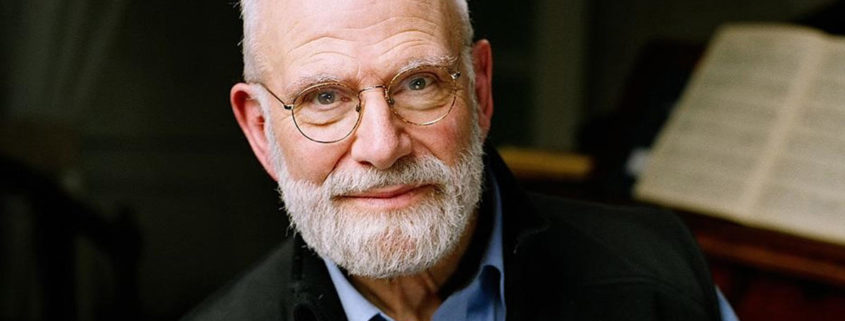Oliver Sacks on Autism and Autistic Artist
Originally Published on September 1, 2015 Written by Mineko Takada-Dill
I was researching the Autistic Artists, Jessica Park and Stephen Wiltshire for several weeks in the month of August, 2015. In my research I encountered and was revisiting Oliver Sacks’ writings I had read before when I heard that he had passed away.
Stephen Wiltshire http://www.stephenwiltshire.co.uk/
Jessica Park http://www.purevisionarts.org/artists/jessica-park/
The pages of the book I bought for my class in NYU in 1990, “The Man who Mistook His Wife for a Hat” are yellowed and dog-eared. The book contains an essay about an autistic artist, Jose, that Sacks encountered at the State Hospital. Later, in “An Anthropologist on Mars: Seven Paradoxical Tales” (1995), Sacks wrote about Stephen Wiltshire.
In 1994, DSM IV dramatically changed the diagnostic system of Autism; adding Asperger’s Syndrome and PDD-NOS, introducing the concept of spectrums of Autism. Dr. Sacks’s writings reflected an understanding of the diversity of Autism as well as the core problems such as social difference and repetitive behaviours . After 20 years of increased research and treatment of Autism, his observation on people with Autism in the 1990’s are remarkably fresh and insightful.
However, most of all, I was touched by his ability to observe and describe his observation, with keen, calm and warm enthusiasm, what it was like to be the person with Autism or a member of his family. In the 1996 documentary film, Rage for Order, he interviewed Jessy Park and her family members. Both Stephen Wiltshire and Jessica Park are incredibly talented artists. We may be surprised by the art that is their end results, but Dr. Sacks understood how those final art works were made not only because the artists were born talented, but also due to the ability of their family member and teachers to understand their needs and strengths, and to provided the support they needed. He compared Stephen Wiltshire with the talented artist, Jose that he encountered at the state hospital. Jose was never encouraged; nobody knew his special talent other than Dr. Sacks.
In my practice, I witness many people with Autism excelling in art. Some may have abilities to draw realistically from their memories but others enjoy non-verbal, sensory and accepting aspects of art. When they discover their talents and abilities, as opposed to their disabilities, they thrive tremendously.
Dr. Sacks had a neurological condition, prosopagnosia(face-blindness), which hindered his ability to recognize the faces even of people he knew. He recognized people by certain features and clothings. Some research says that up to two thirds of the people with Autism also have this condition. Dr. Sacks noted that his face-blindness helped him to pay attention to the people’s features and details as well as being empathetic and understanding to each individual.
Not all people with Autism are talented in art but every single one of them have special interests which can be transformed into strengths.
Dr. Sacks kept writing very late in life, including his thought on his death in the New York Times, My Own Life.
Yes, you have “loved and been loved; you have been given much and you have given something in return; You have read and traveled and thought and written. You have had an intercourse with the world, the special intercourse of writers and readers like me“. Thank you


